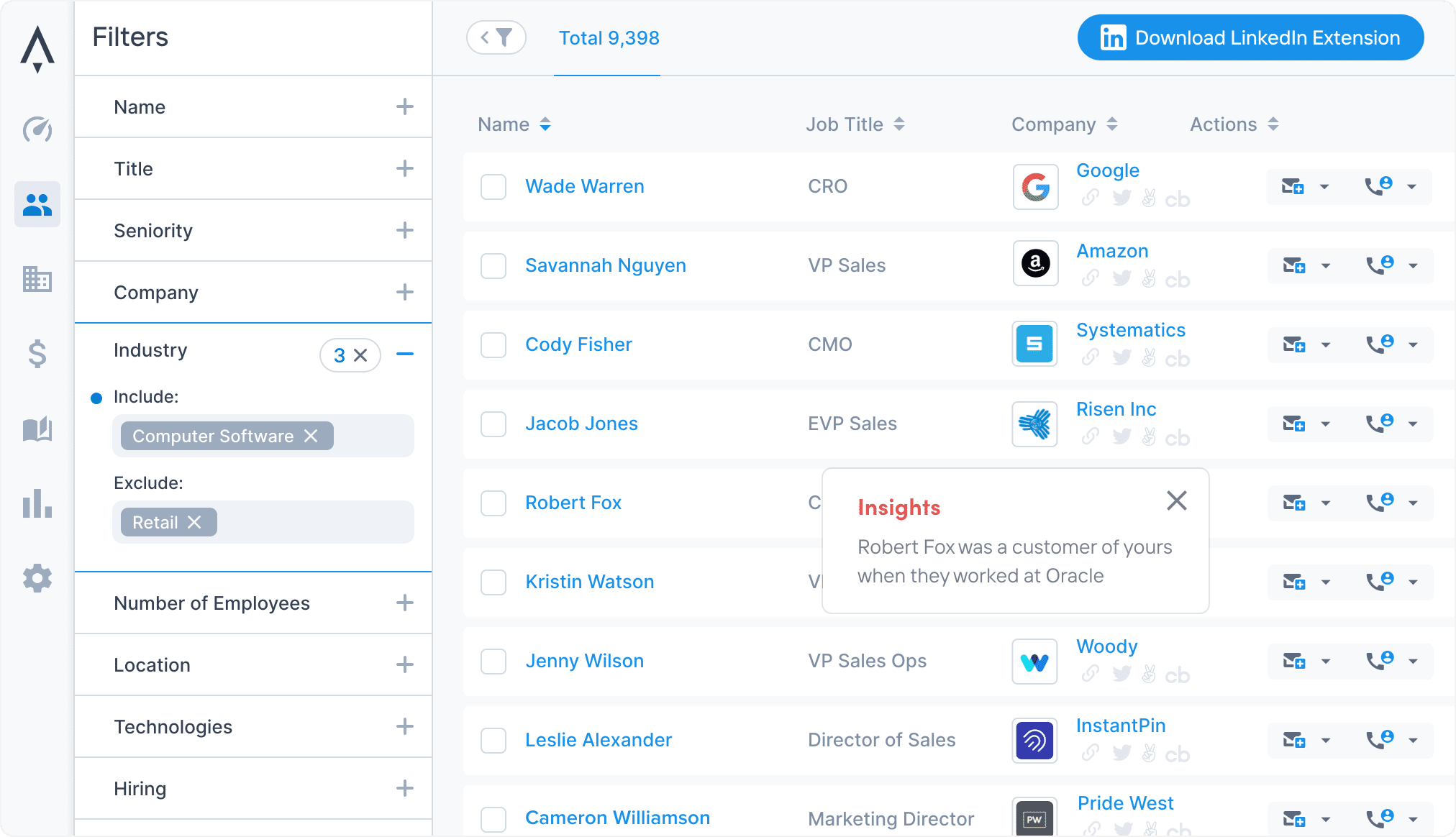Hi, I’m James. Thanks for checking out Building Momentum: a newsletter to help startup founders and marketers accelerate SaaS growth through product marketing.
Knowledge is power. You can make better decisions, and have more information to inform your execution.
Your go-to-market strategy depends on how well you understand your customers and the market, but most of the time product marketers are just guessing.
It’s so difficult to look for the right stats or validate assumptions, so often we… just don’t.
Luckily there’s a whole host of tools you can use to better understand your market – and help you make better decisions.
In this post:
Audiense

Audiense is a great tool for social media insights. It’s great for identifying the size of potential customer segments that can be reached on social media, and building a richer picture of their interests, who influences them, and what/when they tweet.
You can search for specific keywords to identify people with specific job titles or interests to create and compare niche segments. Audiense also offers personality insights: an analysis based on the Big Five personality dimensions. This might sound like a nice-to-have, but understanding whether your customer base is rational or logical, empathetic or hard-hearted can really help you improve your messaging and ensure it resonates.
Sparktoro
Along the same lines as Audiense, but honestly more usable and friendly, is Sparktoro. By analysing public data, Sparktoro returns super simple and straightforward reports that include the demographics, behaviors, and interests of your audience.
You can analyze social accounts or websites, or search for general audiences that use certain words, follow certain accounts, or frequently visit specific websites: perfect for sneaky competitive intelligence. Because remember, understanding your audience means understanding your competitor’s audience too.
Sparktoro will also tell you about any press sites, podcasts, and YouTube channels your audience follow – something your performance marketing team will appreciate.
Pollfish
First-hand quantitative data is so important to help validate your assumptions, but it can be so expensive to work with research agencies.
Pollfish is one of a new breed of research platforms, with an integrated panel to give you super fast access to insights you won’t find anywhere else.
Pricing starts at just $145 with two screener questions to help you target the right audience based on almost any questions you want to ask.
The only tip is to that you’ll need to build your survey design skills to avoid leading questions, biasing responses, or capturing unintelligible data. You might need to find a research designer on Upwork or Fiverr to help.
You can ask almost anything: from competitor awareness, to brand perception, to testing messaging and positioning. Their weighting algorithm also averages out the results to give you representative results that you can use in PR.
Apollo

Primarily an outbound sales prospecting tool, Apollo is really useful to help marketers research their Ideal Customer Profile segments, build bottom-up market sizing, and begin to humanize your ICP.
You can create audiences by filtering on a whole host of individual and organisational options including title, locations, seniority, the technologies they’re using, and even the roles a company is hiring for.
Statista
We’ve all seen Statista results show up in Google when we’re trying to find stats, but have you ever actually searched on Statista first?
By amalgamating research reports, government stats, and other sources of data, Statista is a great place to find stats on… almost anything.
The only downside is that you’re likely to find adjacent data that’s close, but probably not exactly what you need. Pricing is pretty good too – $39/month for a year’s worth of access, or just under $2,000 for a month’s worth of indepth reports.
UserTesting / UsabilityHub

I’m adding these UserTesting and UsabilityHub together because they achieve pretty much the same job: an easy way to get real people to look at your stuff and tell you what they think.
This might be a new website homepage design to test the effectiveness of your messaging, or product screenshots to see how users react.
They’re a great way to get real, raw insights from people you don’t know. Highly recommend.
Thanks for reading! Let me know what you thought – find me on Twitter and LinkedIn.
P.S. If you’ve found value in Building Momentum, could you buy me a coffee? Here’s my tip jar – any support is gratefully appreciated!
P.P.S: If you enjoyed this post, will you share Building Momentum with your network?





